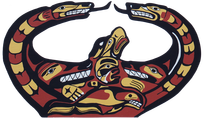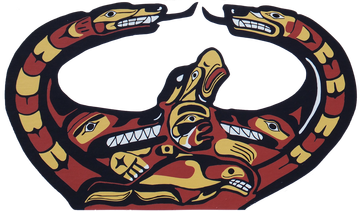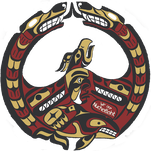Language Revitalization Plan
Our Vision
Although knowing our Nuchatlaht dialect has been difficult with so many components working against members understanding of the language, we want to revitalize it.
We want a growing amount of language resources ranging from books, to teachers, to buildings.
We want to see our ancestor’s cultural gifts that come via cultural practices and knowledge, which can be found buried deep in the language, carried on for generations.
We want to work towards such goals as individuals, and also by member’s gatherings. For as it is, knowing our own language will be a big part of our healing journeys.
We want a growing amount of language resources ranging from books, to teachers, to buildings.
We want to see our ancestor’s cultural gifts that come via cultural practices and knowledge, which can be found buried deep in the language, carried on for generations.
We want to work towards such goals as individuals, and also by member’s gatherings. For as it is, knowing our own language will be a big part of our healing journeys.




















